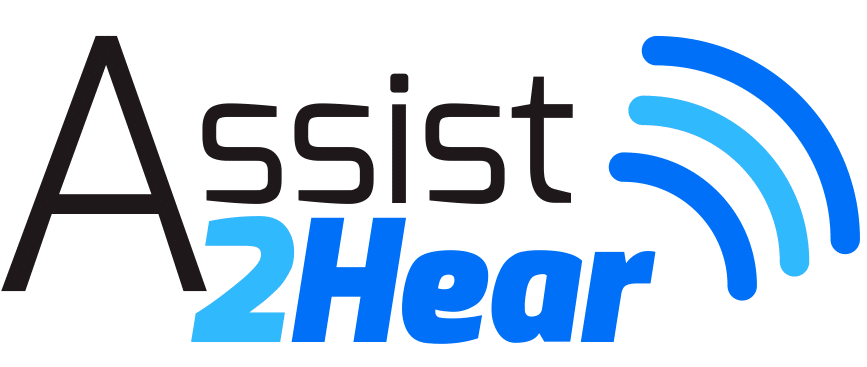Assist2Hear is Looping Dallas
Get ready, Dallas! Assist2Hear is so excited to expand to the Lone Star State and is starting by looping Dallas! Assist2Hear is proud to provide professional hearing loops and usher in more awareness for those who suffer from hearing loss. We are committed to helping the Midwest become more hearing accessible!
Our newest member of the Assist2Hear team is Andy Rivas who is a proud resident of Texas. Andy Rivas is passionate about helping the hard of hearing in the community and helping companies become more accessible for those who suffer from hearing loss. His background in architecture and design offers a knowledgeable prospective to the building community.
Assist2Hear is happy announce the Texas hearing loop initiative called “Let’s Loop Texas!” We hope to make people more aware of problems associated with hearing loss and also break the stigma of having a hearing disability.
How can you help?
• Join your local chapter of the Hearing Loss Association of America. Visit www.hearingloss.org for great information and support for hearing loss.
• Ask your house of worship to consider a hearing loop. Assist2Hear is happy to offer a free quote and demonstration.
• Call your local leaders to encourage them to be more aware of the need for hearing accessibility in public buildings.
• Support working professional loops. If you encounter a problem with a loop in your city, state or even while you are traveling, feel free to call us and we will do our best to help fix the hearing loop problem!
• Let’s change our communities! Simply let us know where you would like to hear better- church, sports arenas, theaters, offices, banks, or even your home!
• Please download the following flyer for your church or office and help us spread awareness about hearing loops.
Contact us today to find out more about hearing loops and the Let’s Loop Texas Hearing Loop Initiative!
info@assist2hear.com • (877) 338-1084 • www.Assist2Hear.com
see: Hearing Loops Texas
[pdf-embedder url=”https://assist2hear.com/wp-content/uploads/2017/07/TX-Initiative-Sm.pdf”]
